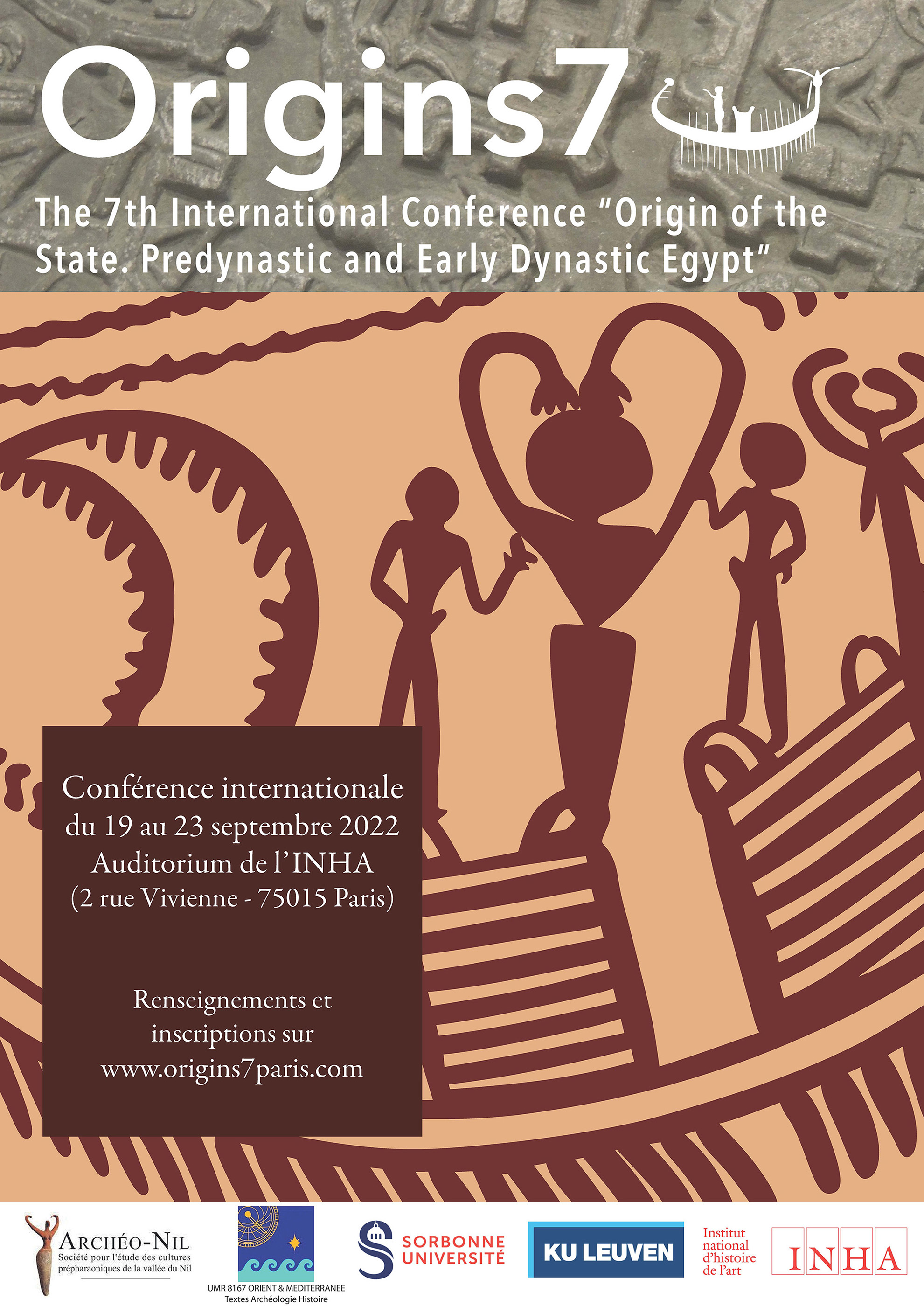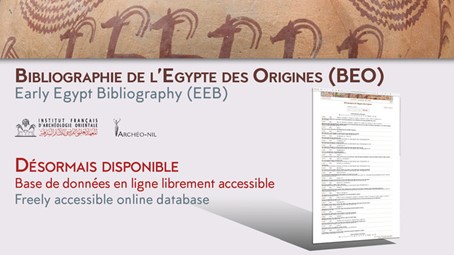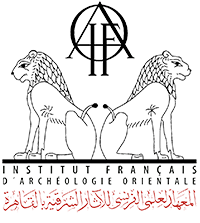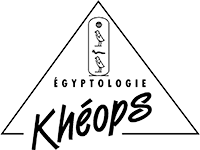WADI ARABA
Archaeological survey in the Eastern Desert
■ Fieldwork dates
2008-2018
■ Project director
Yann TRISTANT (Macquarie University, Sydney, Australie)
■ Participants
François BRIOIS | Georges CASTEL | Victor GHICA | Damien LAISNEY | Sylvie MARCHAND | Grégory MAROUARD | Béatrix MIDANT-REYNES | Olivier ONÉZIME | Pierre TALLET
■ Institutions
- Institut français d’archéologie orientale (Le Caire)
- Department of Ancient History, Macquarie University, Sydney
■ Présentation
Wadi Araba is an arid valley that stretches from Za'farana on the Red Sea coast to the Nile valley north of Beni Souef. Visited by geologists and scholars since the 19th century - Brunton, Schweinfurth, Figari, Fourtau, Ball - the region has not yet been systematically explored and remains an almost totally unknown territory. The documents that can be gathered on this communication route – the only one that links Middle Egypt to the Gulf of Suez –show the unique archaeological and historical potential of the Wadi Araba. In the Eastern Desert, a circulation area used since prehistoric times for its stone, copper and gold ore resources, the survey and archaeological study of this region offers new insights in the study of the desert tracks between the Nile Valley and the Sinai.
The aim of this project is to systematically explore the Wadi Araba by following the foothills of the main axis and the secondary wadis which draw transversal paths to move around the Galala plateaus. The objective is to make an inventory of wells, occupation sites (camps, dwellings, cemeteries, mining sites), rock inscriptions and all the archaeological, historical and geographical documents relating to this area. The main interest of the project lies in its diachronic aspect, from Prehistory to modern times. More than 200 archaeological sites or facts have been identified: several are prehistoric and predynastic sites, mining camps from the Old and Middle Kingdom with a track linking them, rock engravings, Roman/Byzantine settlements and cemeteries as well as Coptic hermitages.
One of the major results of the survey is the discovery of a series of small sites to the Pre-Pottery Neolithic (PPN) of the Levant, and more particularly to the PPNB phase (8500-7000 BCE). The most important of these, located near the village of Bir Buerat, and discovered in the 1950s by French amateur archaeologists, was unfortunately land mined in the 1960s and 1970s, and cannot be excavated. Survey around the site led to the discovery of new PPN sites, 3 km southwest of Bir Buerat, where several concentrations of flint implements can be seen on the edge of a large eroded and silted sandstone terrace, over a length of more than 50 m. They include characteristic arrowheads well known in the PPN flint industries in the Levant.
■ Main publications
Fontaine, A.L., Explorations dans l'Ouadi Arabah. Aïn Barda, ses vestiges d'habitat anciens, Bulletin de la Société d’études historiques et géographiques de l’Isthme de Suez 5 (1954): 59-88.
Ghica, V. & Tristant, Y., Biˀr Biḫīt: Preliminary Report on the 2012 Field Season, Bulletin of the Australian Centre of Egyptology 23 (2012): 7-24.
Murray, G.W., A New Empire (?) Copper Mine in the Wadi ʿAraba», Annales du Service des Antiquités de l’Égypte 51 (1951): 217-218.
Tristant, Y., Nouvelles découvertes dans le désert Oriental. Le ouadi Araba de la préhistoire à l’époque copte, Bulletin de la Société française d’égyptologie 182 (2012) : 33-53.
Tristant, Y., How to fill a gap? New perspectives about exchanges between Egypt and the Near-East during the early Neolithic Period, in Tallet, P. & Mahfouz, E.S.(eds.), The Red Sea in pharaonic times: recent discoveries along the Red Sea coast. Proceedings of the colloquium held in Cairo, Ayn Soukhna 11th-12th January 2009, Bibliothèque d’étude 155, Le Caire, 2012: 145-158.
Tristant, Y., Wâdî ‘Araba (Eastern Desert), in Donovan, L. & Binder, S. (eds.), Tombs, Trowels and Treasures. The first 40 years of Egyptology at Macquarie University, Australian Centre of Egyptology Studies 12, Oxford, 2018: 224-231.
Tristant, Y., Ouadi Araba, in Coulon, L. & Cressent, M. (dir.), Archéologie française en Égypte. Recherche, coopération, innovation, Bibliothèque Générale 59, Le Caire, 2019: 244-249.
Briois, F.; Midant-Reynes, B. & Tristant, Y., Go West. New discoveries concerning the PPNB in the Eastern Desert of Egypt between the Sinai and the Nile Valley, in Proceedings of the 9th International Conference of the Pre-Pottery Neolithic Chipped and Ground Stone Industries of the Near East (PPN9) will be held in Tokyo from November 12 to 16, 2019, en preparation.
■ Articles published in Archéo-Nil
Archéo-Nil 21 (2010)
Tristant, Yann
Le désert Oriental durant la préhistoire. Bref aperçu des travaux récents menés dans le Wâdî ‘Araba
51-61
■ Websites
Ouadi Araba, un espace de circulation antique dans le désert Oriental
Institut français d’archéologie orientale (Ifao)
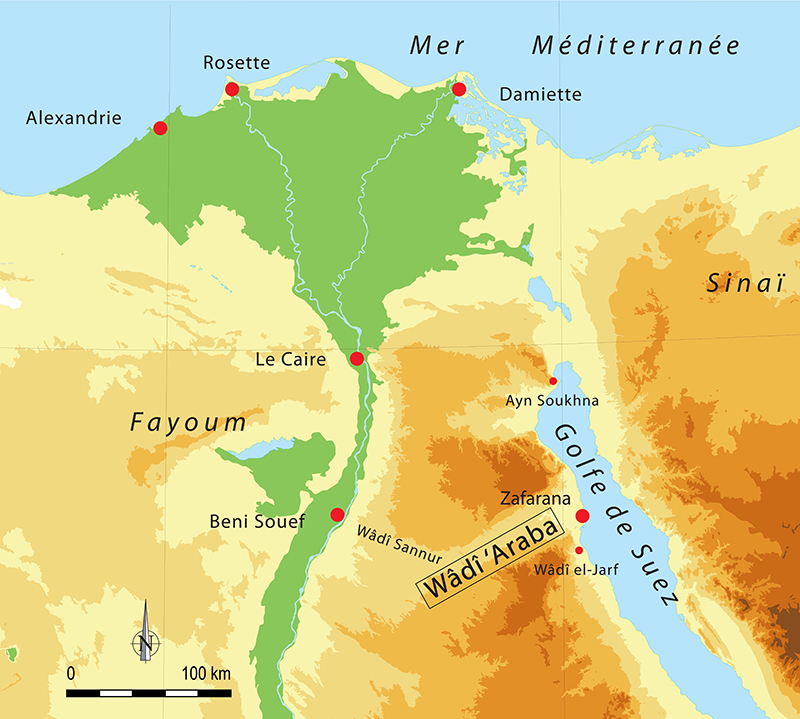
Localisation of Wadi Araba
(Fond de carte D. Laisney, Ifao)
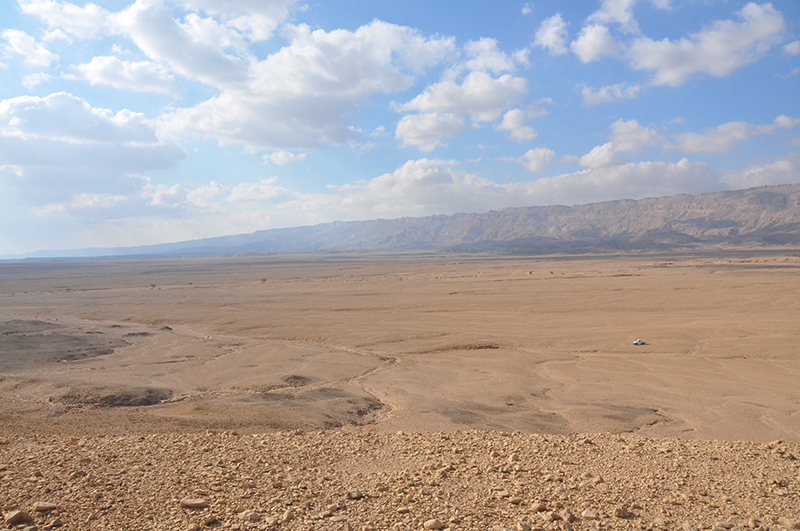
General view of Wadi Araba
(Photo Y. Tristant)
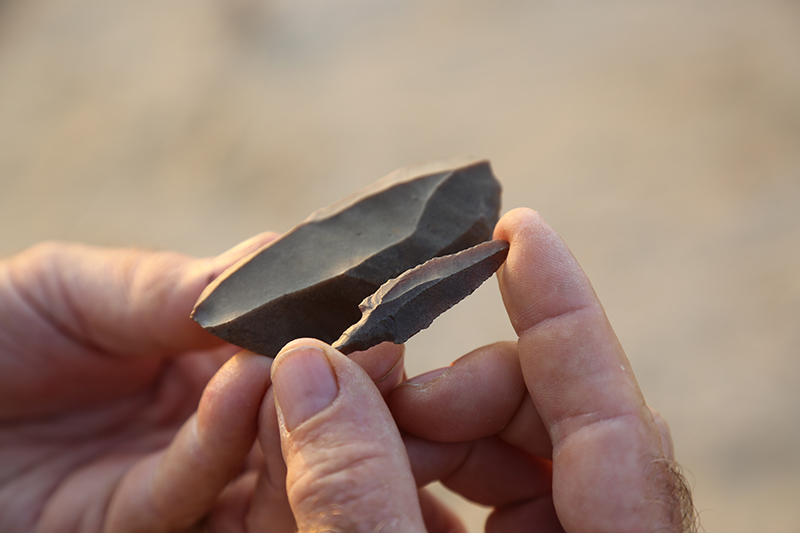
PPN flint arrowhead
(Photo Y. Tristant)
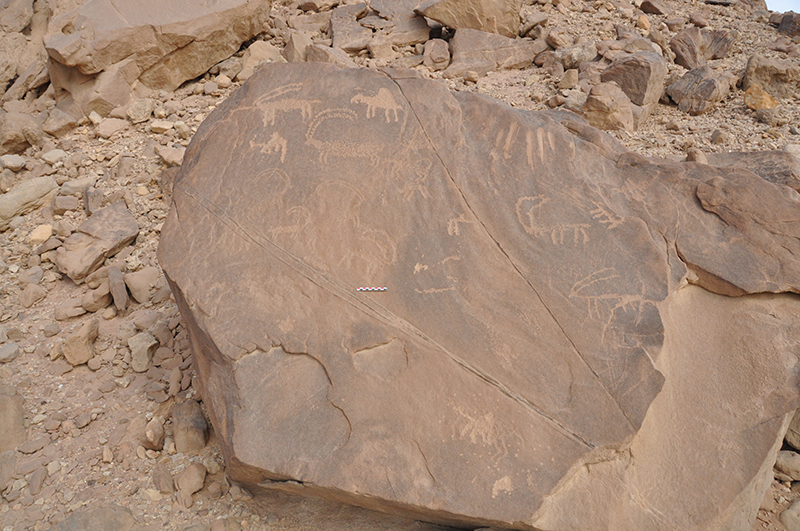
Rock art in the Wadi Araba
(Photo Y. Tristant)
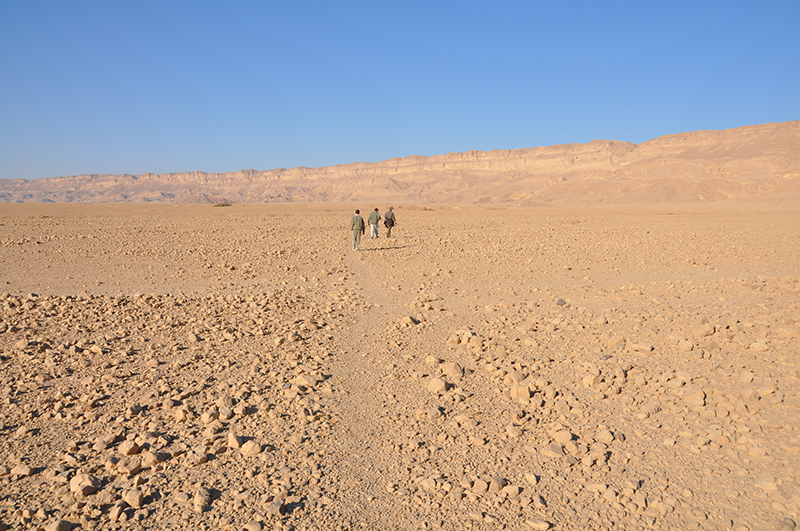
Pharaonic track still visible in the Wadi Araba
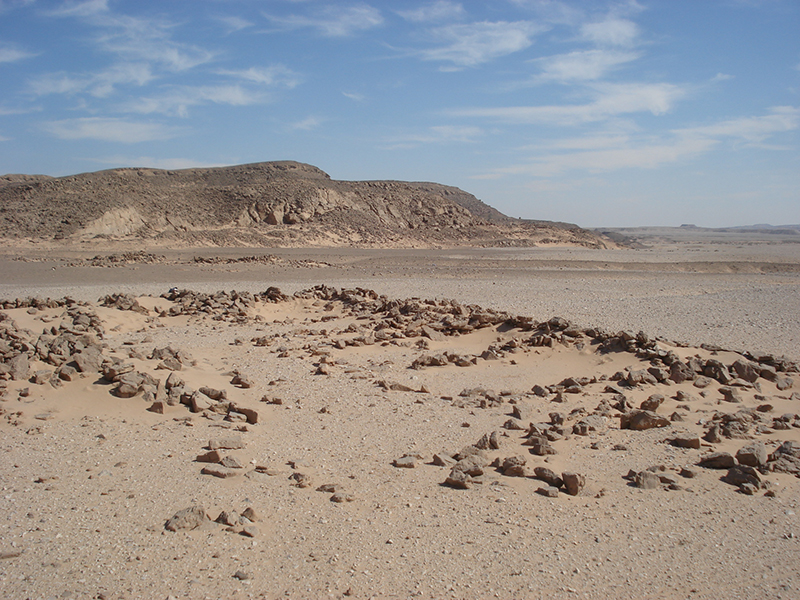
Old Kingdom (4th dyn.) camp site in the northern part of the Wadi Araba
(Photo Y. Tristant)
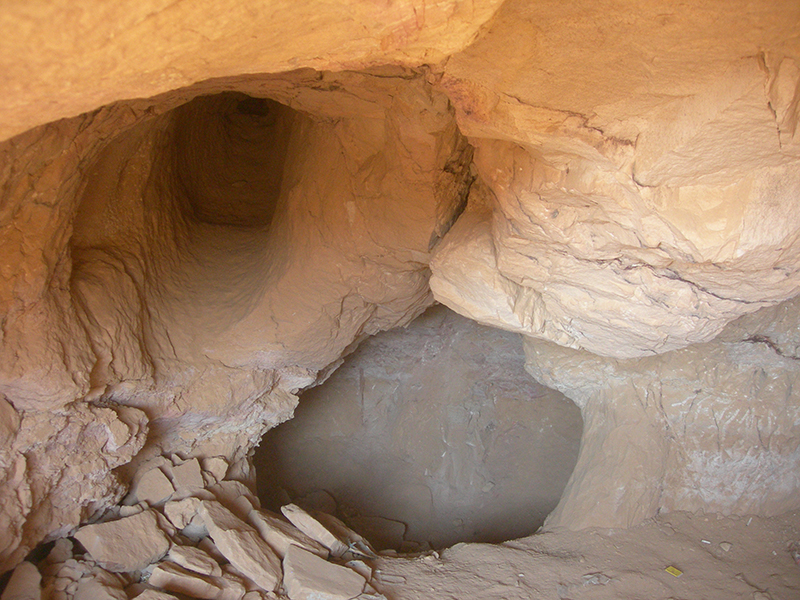
Mine gallery for the extraction of malachite in the northern part of Wadi Araba
(Photo Y. Tristant)
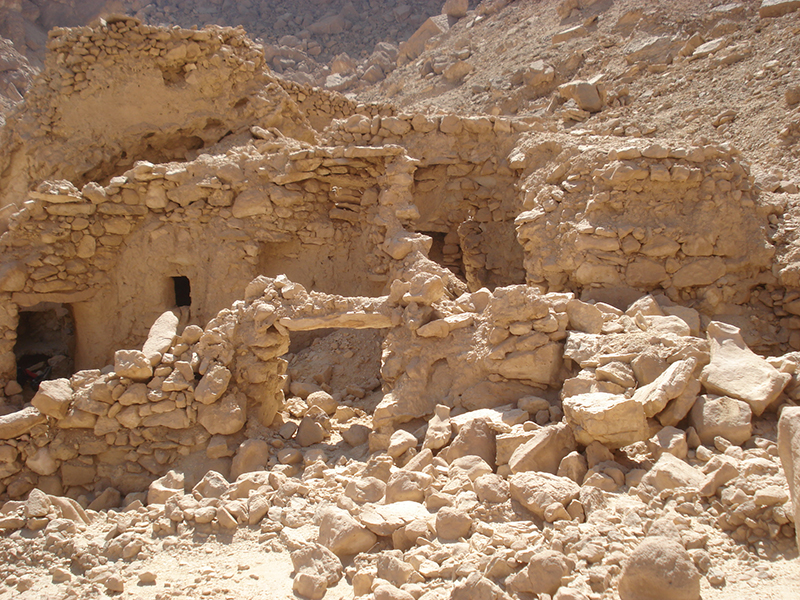
Coptic hermitage in the southern part of Wadi Araba
(Photo Y. Tristant)











